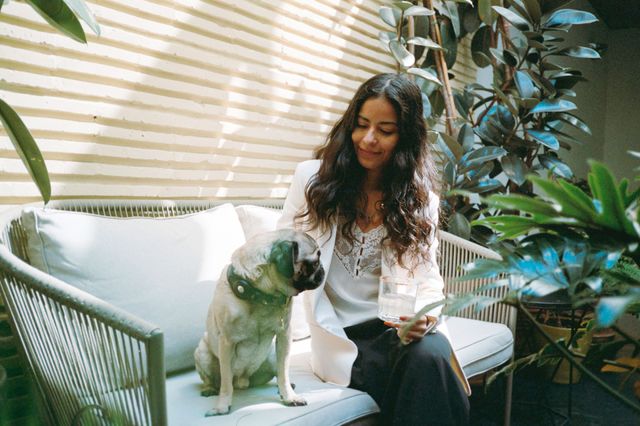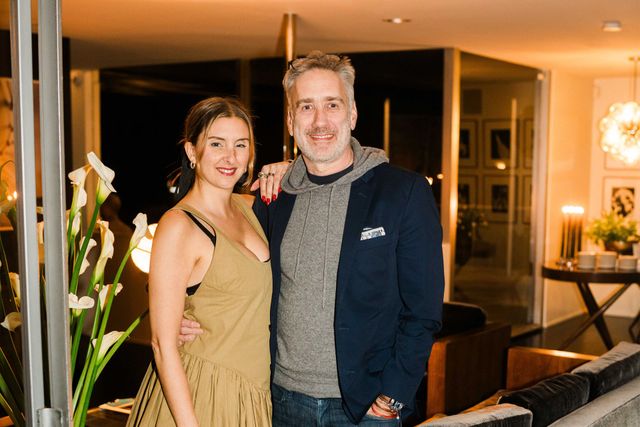Conversation with João Wengorovius of the Alentejo House
- Category
- Q&A
- Written by
- Roshan McArthur
- Published
- March 23, 2018
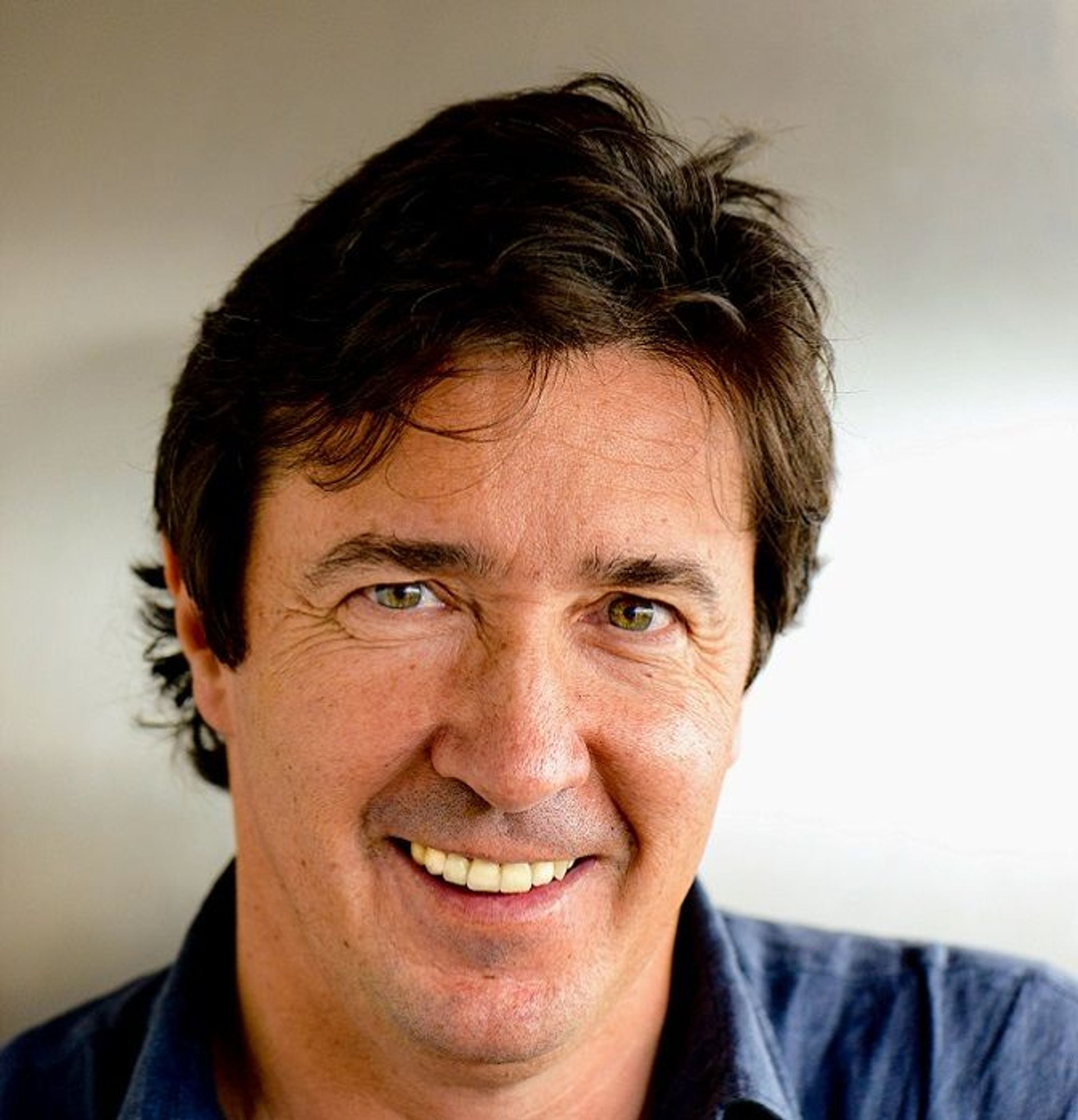
A few weeks ago, we received a message from Maria do Carmo, owner of the Alentejo House in Estremoz, Portugal, telling us about a book her husband João Wengorovius had just published. Consumed with a passion for haute cuisine and the stories behind it, the former CEO of advertising agency BBDO in Lisbon had taken flight, travelling the world for three years, interviewing 21 well-known chefs.
His book, We, Chefs, is the story of the conversations he had with them, complete with striking photographs of both the chefs and their dishes. There are, he tells us, no recipes to be found in it — only “an invitation to expand our minds through food”.
Intrigued, we decided to find out more.
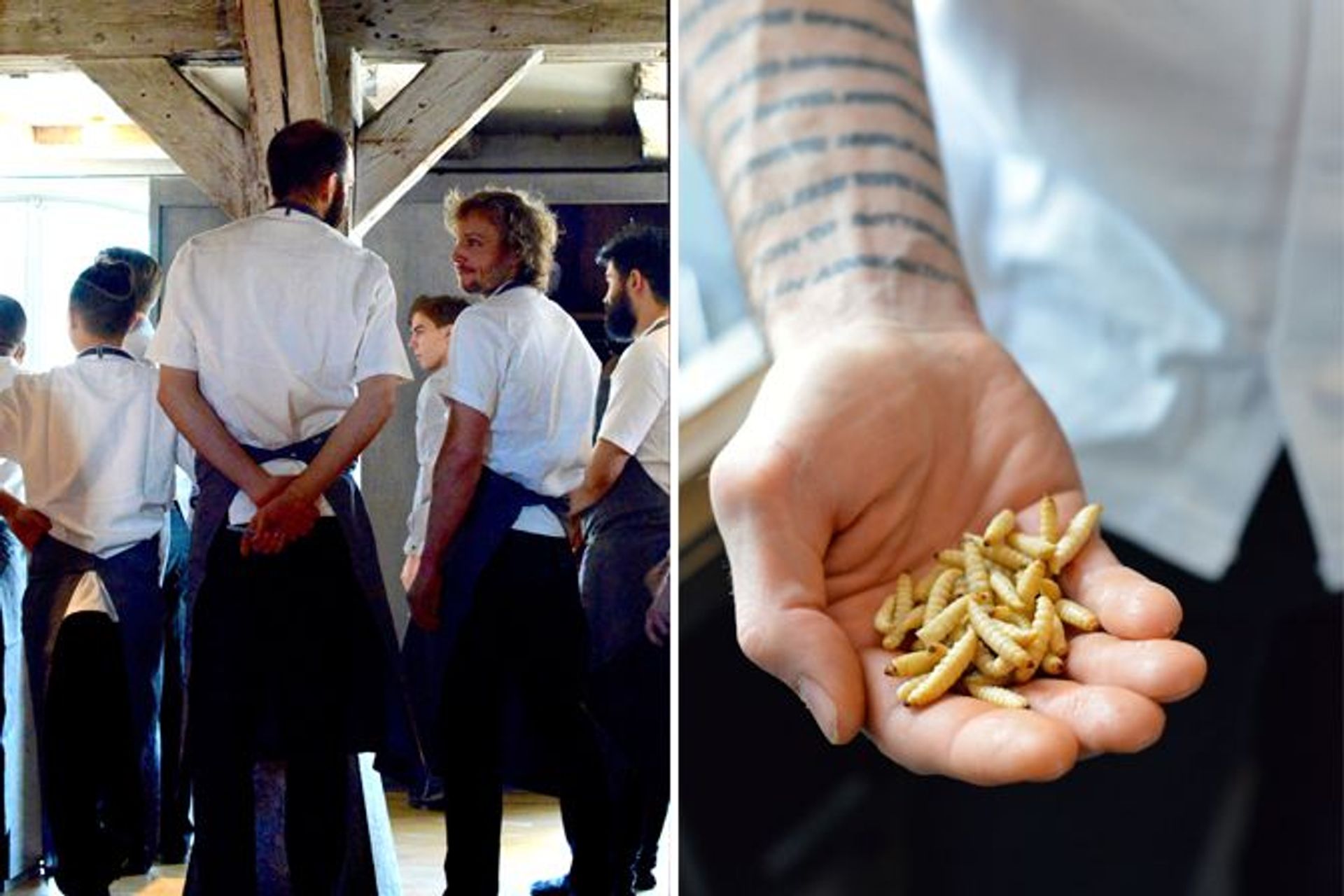
HAVE YOU ALWAYS BEEN INTERESTED IN FOOD?
João Wengorovius: “Mostly since my twenties, when I became very interested in learning more about cooking. I started reading a lot, practicing, experimenting. There is something magical about cooking as a vehicle for creative expression and the power of food to promote conviviality and well-being. It is very rewarding.”
WHAT MADE YOU DECIDE TO TRAVEL THE WORLD MEETING CHEFS?
JW: “About five years ago, I took a sabbatical to go to Paris and study professional cooking at the Alain Ducasse Training Center. While there, I began noticing that there was a story to tell about what we can learn from chefs, beyond cooking. We are used to seeing them as cooks but they are also mentors, entrepreneurs, artisans, storytellers, curators, activists and, last but not least, creative thinkers whose approaches and wisdom can translate into other areas.”
HOW MANY FLIGHTS DID YOU TAKE IN PURSUIT OF THIS GOAL?
JW: “I lost count. But dozens of them. To write the book, the fieldwork took me to South America, the US, China, Singapore, Thailand, Australia and most of Europe.”
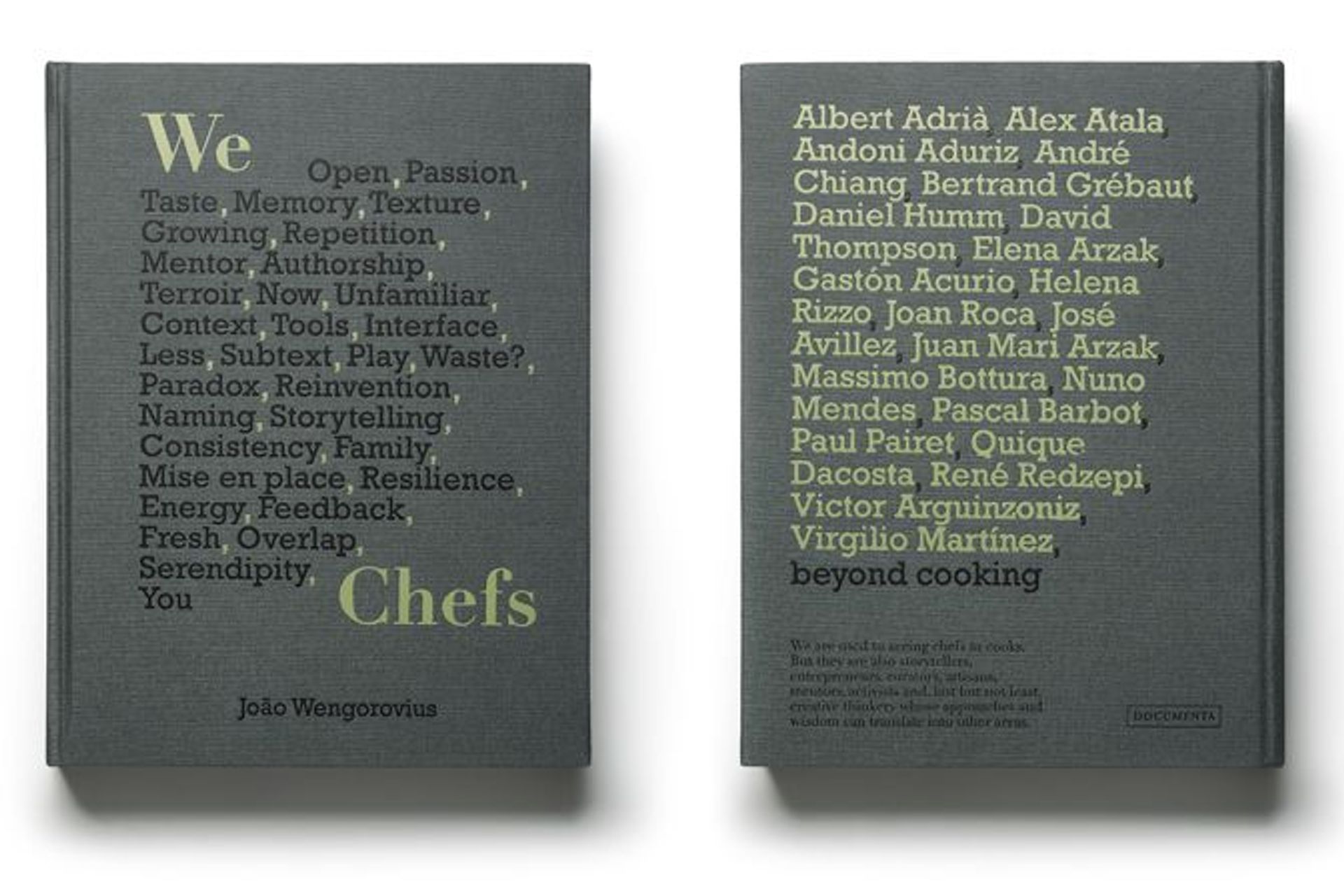
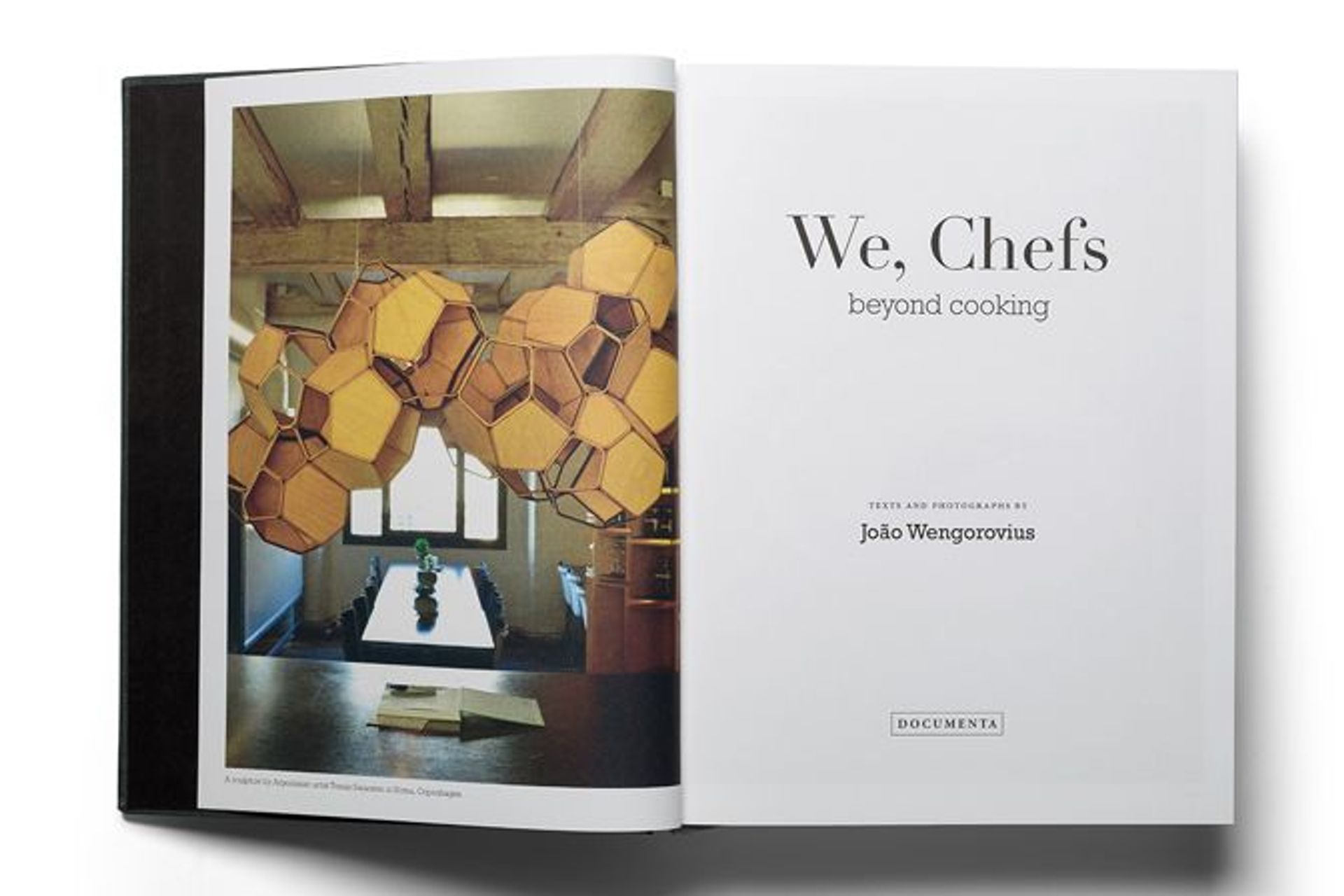
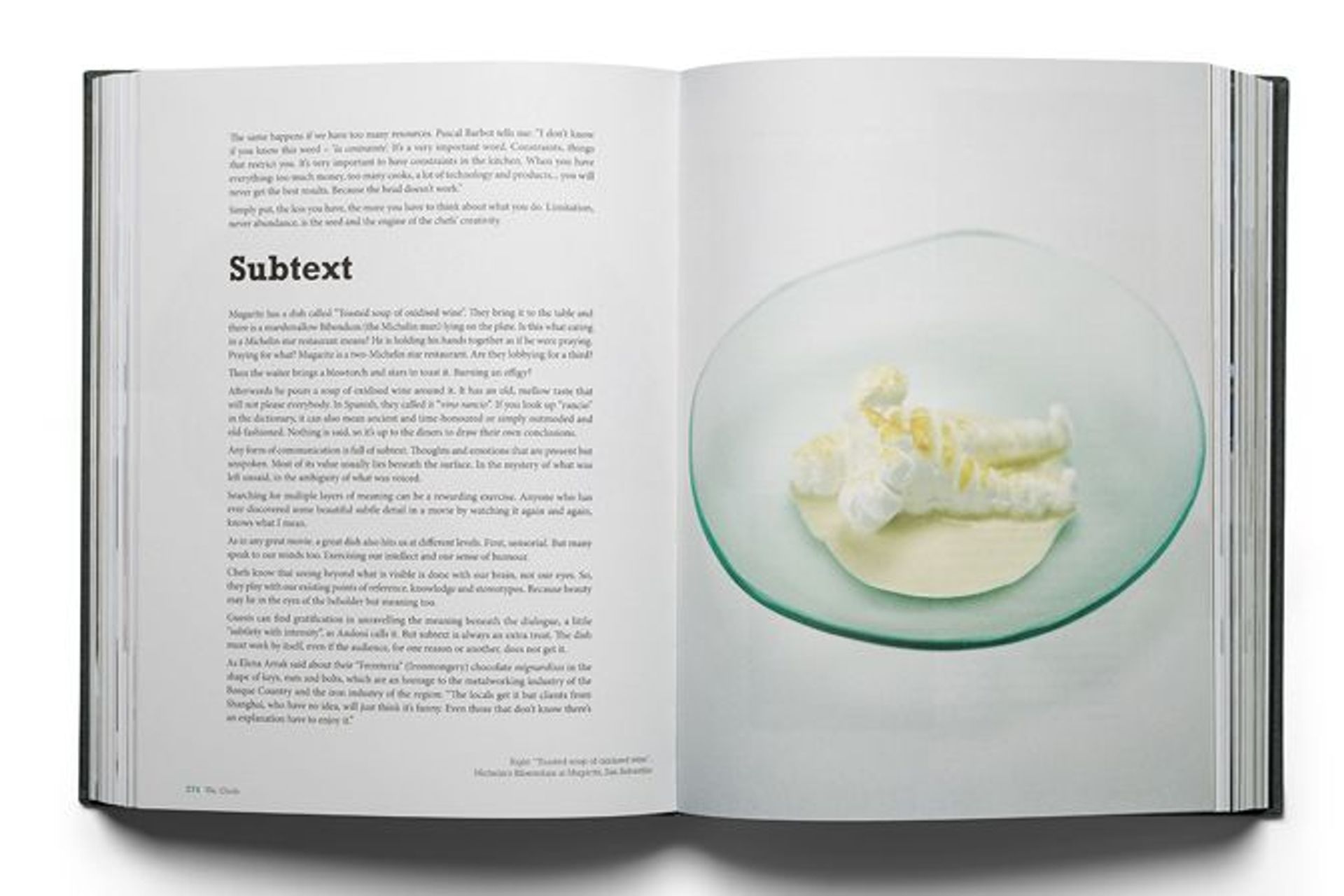

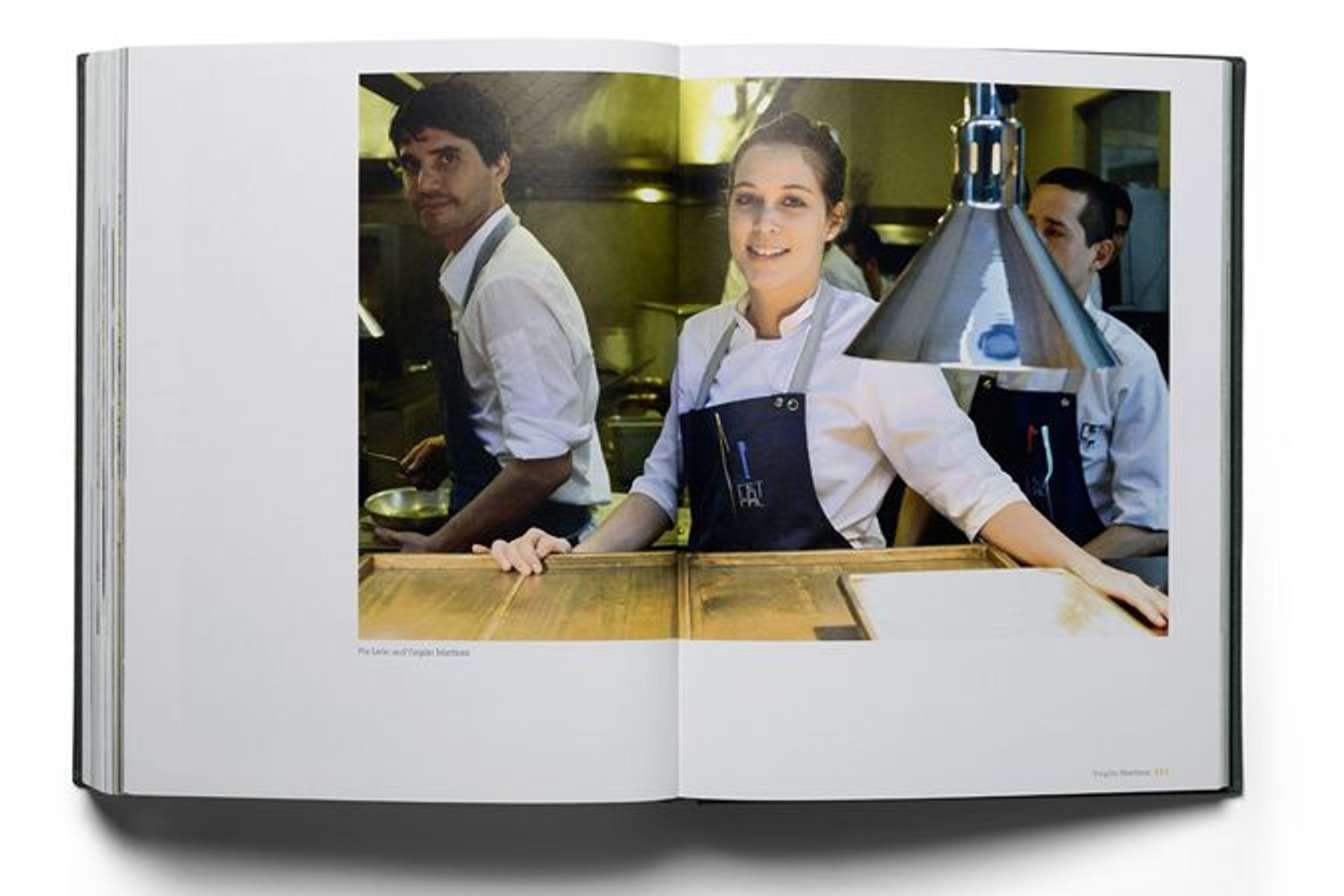
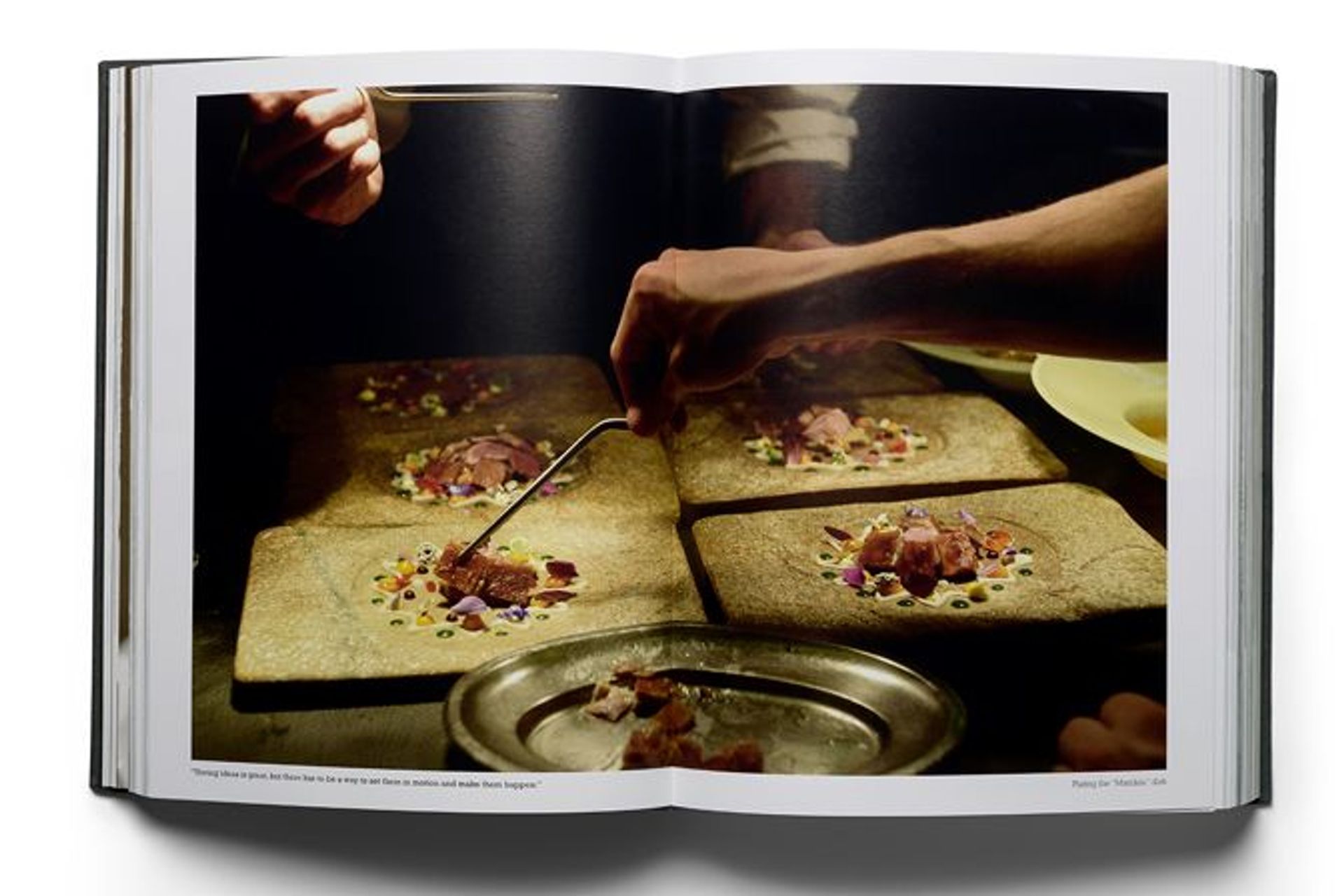
DID YOU EVER QUESTION YOUR MISSION?
JW: “There were times when I felt exhausted going through the material that I’d gathered. The book includes conversations with 21 of the world’s best chefs, around 500 pictures that I took, and 592 pages. You can imagine the amount of effort that went into it. Having said that, I always felt it was worthwhile writing it, and I never lost my enthusiasm.”
WHAT WAS THE MOST INTERESTING THING YOU WERE TOLD?
JW: “It’s hard to select a single one because I have been told many interesting things on this journey. Joan Roca made this observation that I find very revealing: ‘Fresh products always traveled badly, but seeds have always traveled well.’
“Massimo Bottura highlights a very important aspect when he says, ‘If you have an obsession, go deep into that obsession, because that is passion. And only through passion, you can transfer emotions.’ I can identify with that.
“And with Andoni Aduriz too, when he illustrates the importance of serendipity, one of the key themes I identify in the book. He says, ‘Creativity is not a matter of getting from A to B. It happens along the way. If you train your eye, six different dishes might turn up upon the way. Going out is just a pretext.’ But there were many others.”
WHAT WAS THE MOST INTERESTING THING YOU ATE ON THIS JOURNEY?
JW: “It is usually something you’ve never heard of, or never had the opportunity to taste. The Amazonian ants at DOM in São Paulo are really worth a try. But I could also mention Cushuro, a blue-green alga from Peru, or a jelly made from Huampo trees, both served at Central in Lima. It is very important to expand your palate by going outside your comfort zone.”
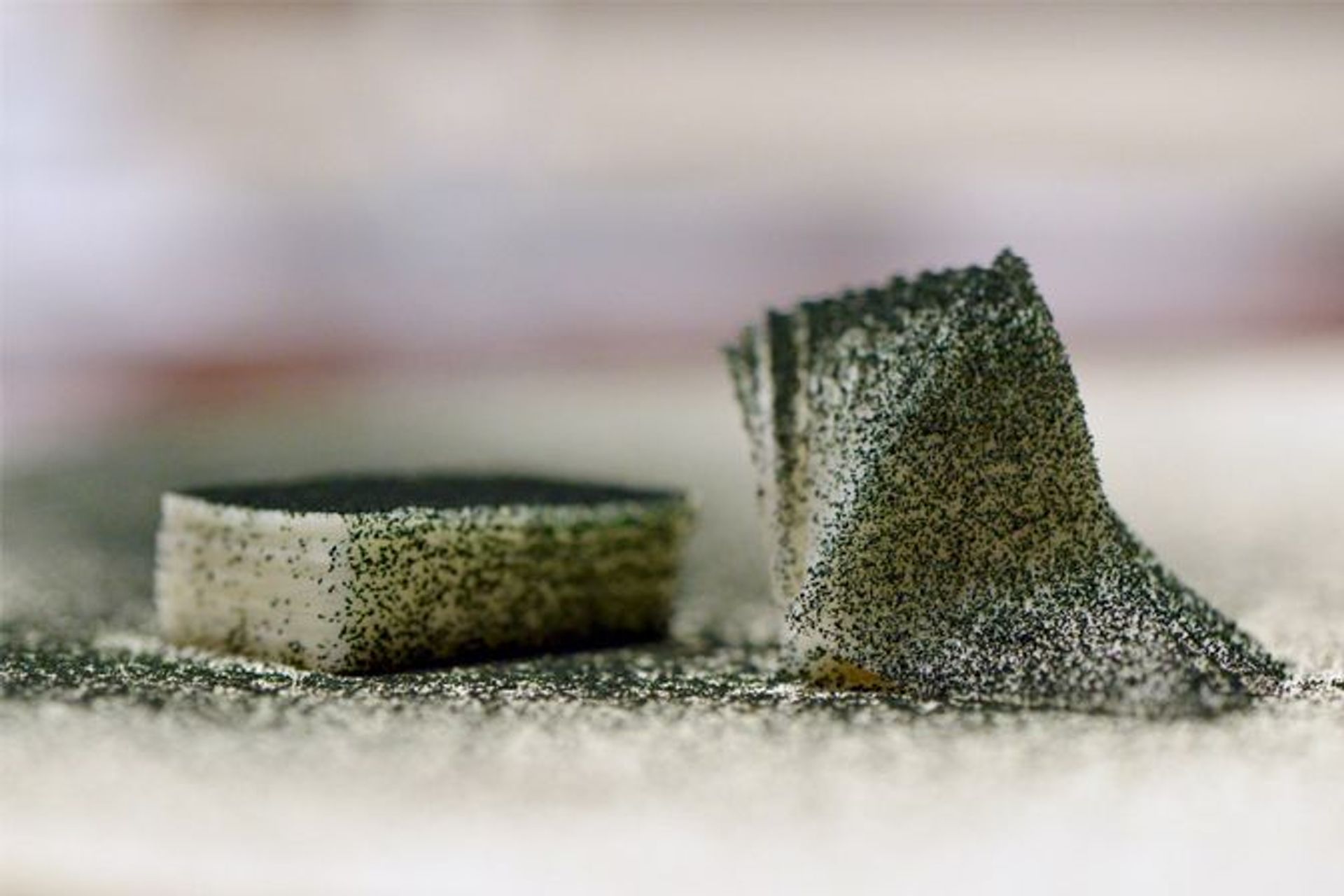
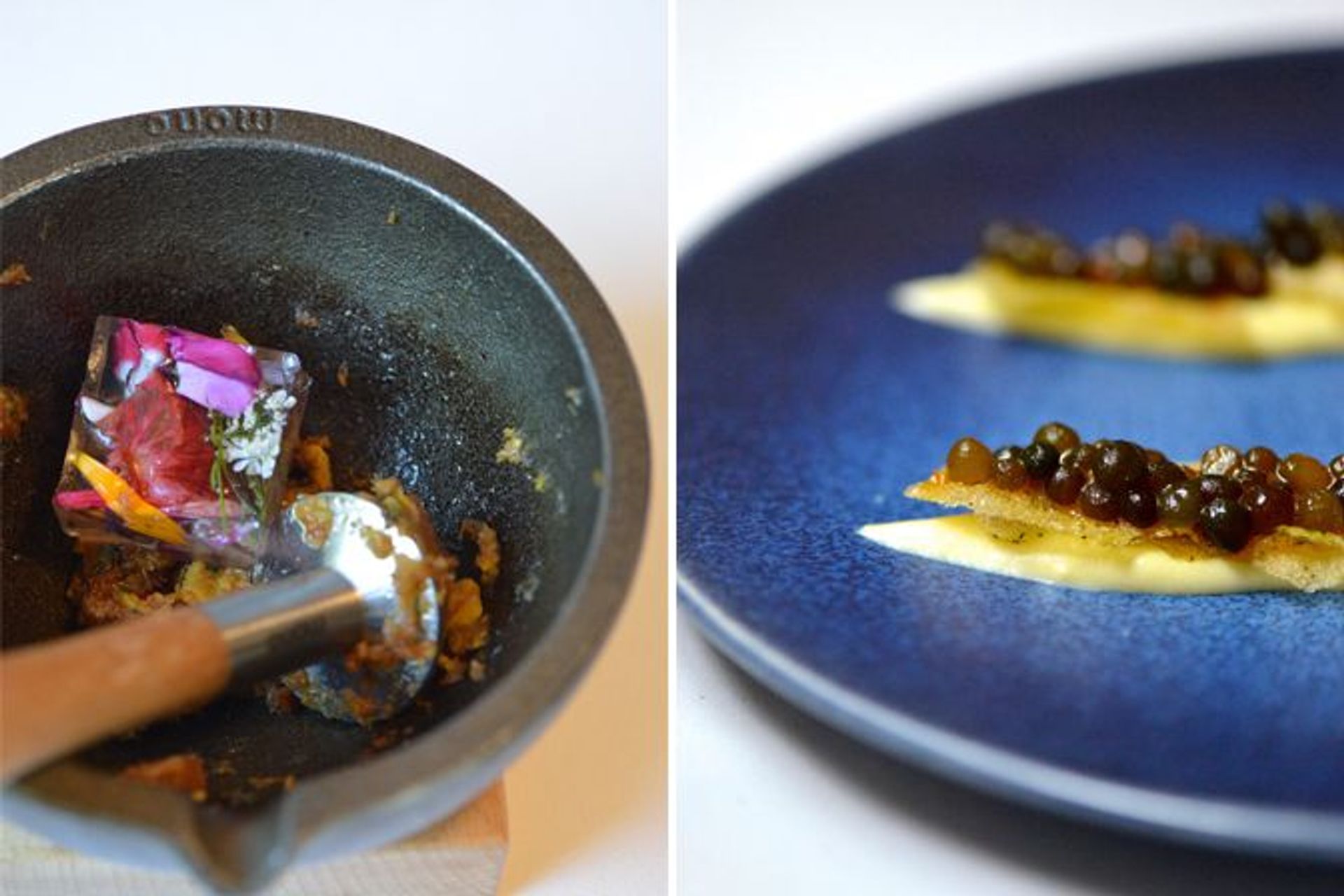

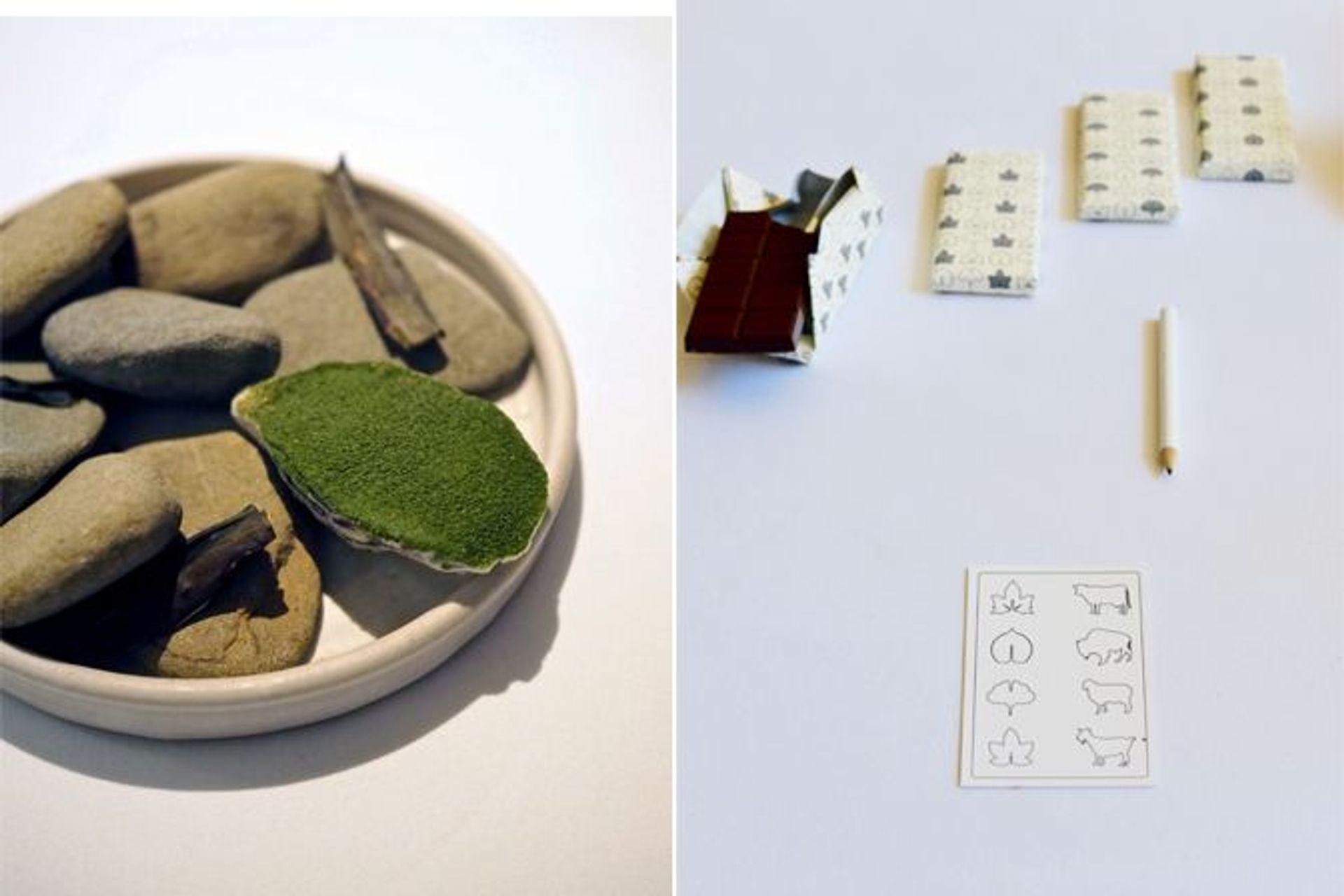
HOW DO YOU BRING YOUR INTEREST IN FOOD INTO THE ALENTEJO HOUSE?
JW: “It is probably not by chance that we have many guests who are foodies, cooking aficionados or even Michelin star chefs. These people value having a well-equipped kitchen (Wolf/Gaggenau) with everything they need. Most of the year, we have fresh aromatic herbs in the garden that you can just pick up and use in your cooking. And some fruit and vegetables, depending on the season.
"The kitchen opens to a spacious living room where people can gather around a large table to share their meal. I find that very important. That’s why there are also tables outside to dine al fresco. Many cookbooks are available in case you are in need of inspiration.
“Alentejo is a region known for its exceptional wine, and there are many great food shops in the town nearby, Estremoz. On Saturdays, there is a weekly producer’s market where you can find all kinds of fresh ingredients.”
IT’S OBVIOUS THAT AESTHETICS ARE OBVIOUSLY OF GREAT IMPORTANCE TO YOU AND MARIA. IS DESIGN A KEY FACTOR WHEN YOU TRAVEL?
JW: “Definitely. Aesthetics are very important. Beauty makes you feel good. I look for good taste, a sense of place and some expression of personality, even if it is very different from ours. They are a sign that the people behind them are passionate about what they do and want to make sure you spend a good time. You will come back enriched by experiencing something unique.”
IS GOOD FOOD A LUXURY OR A NECESSITY?
JW: “The distinctive experiences designed at these fine dining restaurants go beyond providing you with good food. It’s not only exceptional food and perfect cooking but also the atmosphere, the attention to details, the service, the unexpectedness, the originality, the pushing the boundaries of what we define as cooking and dining. This is scarce, expensive and desirable. Having access to it is, inevitably, a luxury.
“But you can also find good food in many affordable places which are not classified as ‘haute cuisine’. And you can cook your own great food, without spending much. If you cook with love and make sure you use good ingredients, it is a luxury, but a luxury within your reach. Ferran Adrià said a nice thing about it: ‘Remember that a good sardine is always preferable to a not-that-good lobster.'”
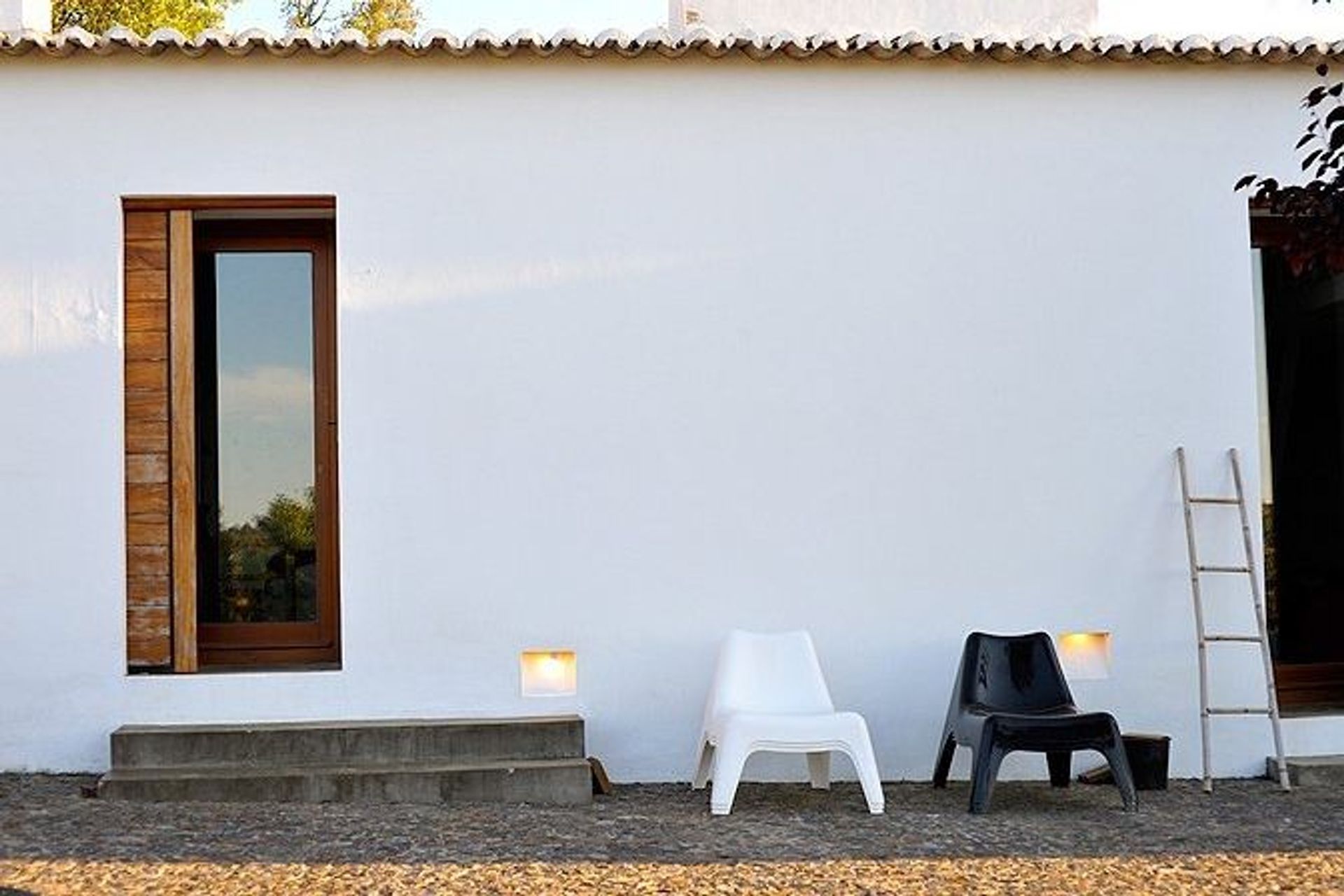
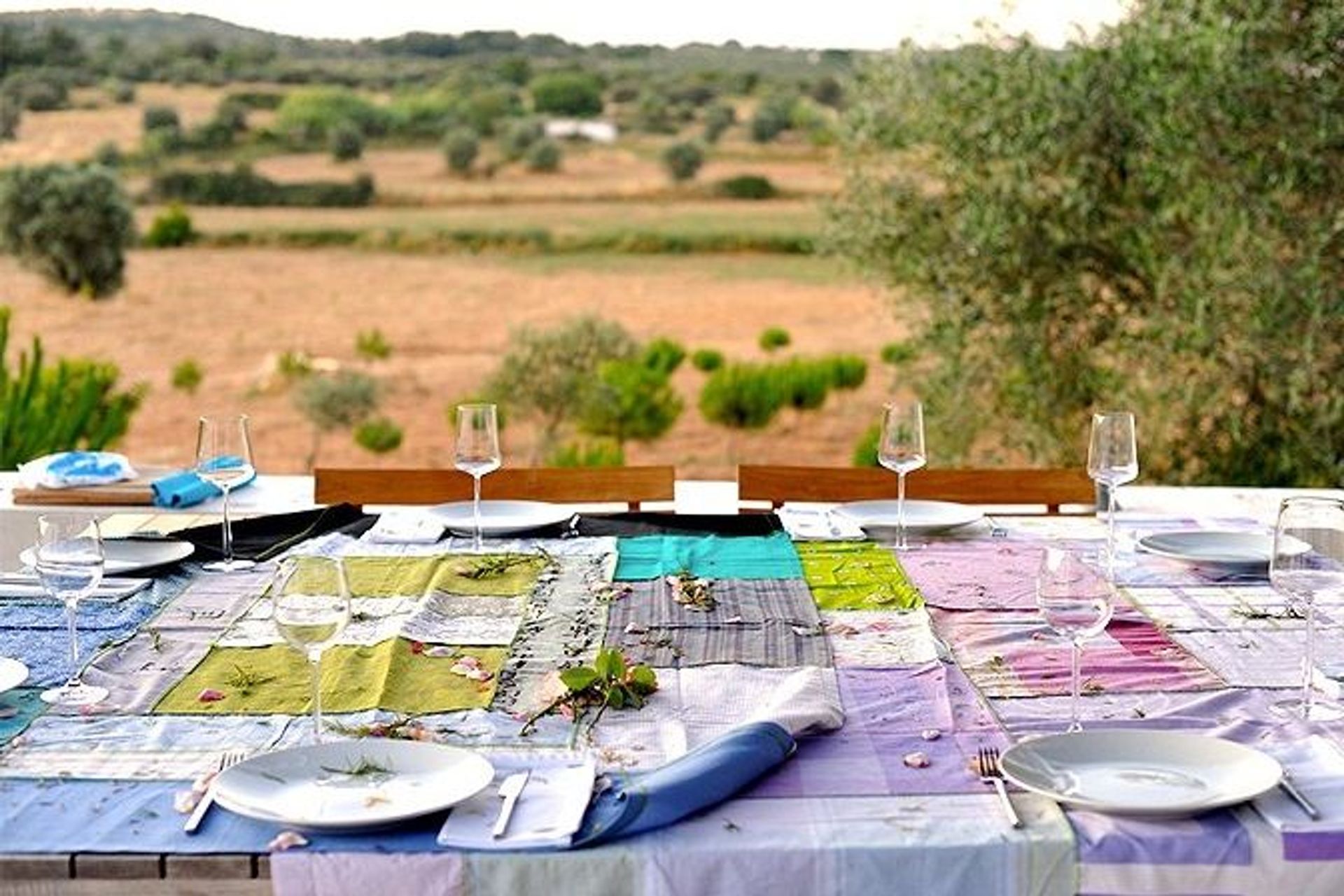
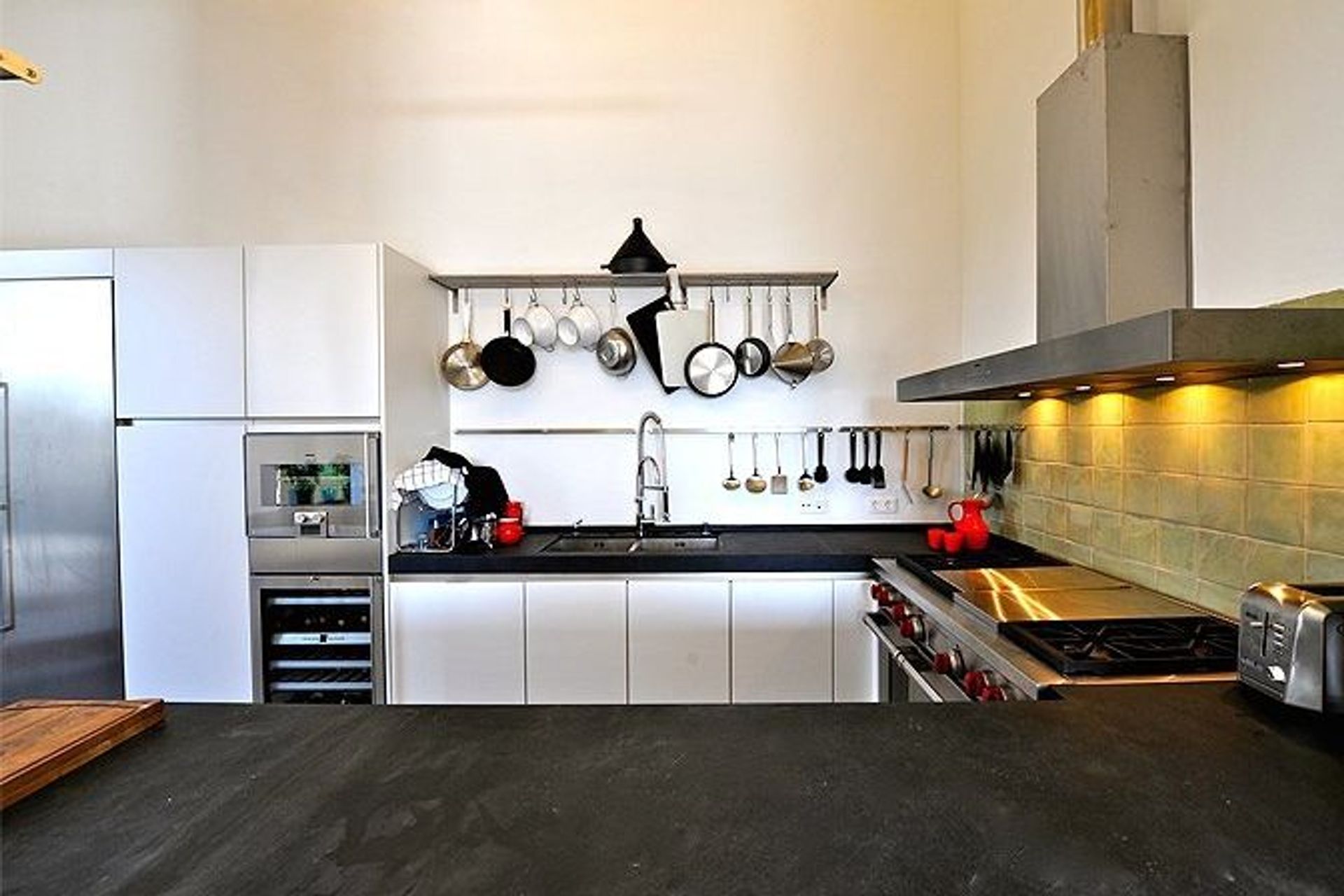

To experience cooking in the kitchen of the Alentejo House, as well as everything else it has to offer, please click here.
Photographs by João Wengorovius.
